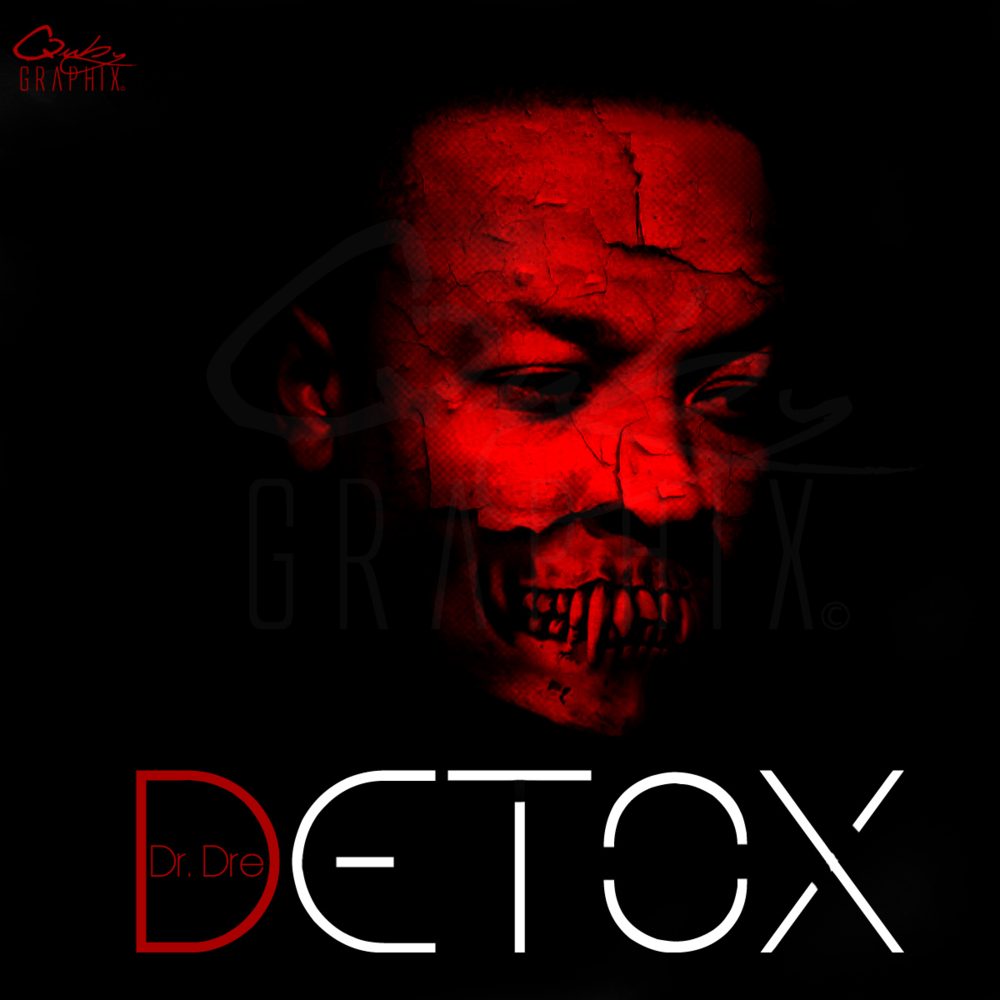

Several others in the Death Row crew, however, did, including Snoop Dogg.


riots, which directly influenced songs on the album like “The Day the N****z Took Over.” Dre raps about looting in the riots himself in the song (“got a VCR in the back of my car”), but in this year’s HBO miniseries The Defiant Ones, Dre says he never joined on the looting. The Chronic sessions were underway at the Hollywood offices of SOLAR Records in April 1992 when the Rodney King verdict sparked the L.A. riots and brought merchandise to the studio. Dre was handed a 213 demo tape by his stepbrother, flipped when he heard a teenage Snoop rapping over the En Vogue hit “Hold On,” and the rest is history.Ħ. The LBC trio, who had a group called 213, got in their foot in the door via Dre’s family: He and Warren became stepbrothers when Dre’s mother married Warren’s father. Dre was already a well-connected star when he made The Chronic, he handpicked a largely unknown supporting cast of rappers and singers to help write and perform the album, most notably a trio of Long Beach friends: Warren G, Nate Dogg and the album’s breakout star, Snoop Doggy Dogg. A family connection brought Dre and Snoop together.Īlthough Dr.

Leigh Savidge’s 2015 book Welcome To Death Row: The Uncensored Oral History of Death Row, record promoter Doug Young estimates “Eazy was getting like 25 or 50 cents a copy for Dre’s Chronic album.” That means that Eazy raked in as much as $1.5 million from the LP, which had been certified triple platinum by the time of his death in 1995.ĥ. Dre’s contract disputes and release the album. Dre dissing his former N.W.A groupmate Eazy-E, but Eazy actually netted a significant profit from the album that calls him a “penguin-lookin’ motherfucker.” Interscope had to pay off Eazy and Jerry Heller’s Ruthless Records in order to resolve Dr. Eazy-E directly profited from sales of The Chronic. Officer, I wanna see you layin’ in a coffin, sir” chorus) before the album ever hit stores.Ĥ. The furor over Body Count’s “Cop Killer” had recently resulted in the track being removed from copies of Ice-T’s band’s album – so Dre preemptively ditched the track (with its “Mr. Officer” featuring RBX and Prince Ital Joe, was removed from the running order. Dre shied away from any controversy on an album that included “Fuck Wit Dre Day” and “The Day the N****z Took Over.” But as The Chronic was being prepped for release, one song, “Mr. A song was removed in the wake of the “Cop Killer” controversy. Sony came close to releasing The Chronic, but after that deal fell through, Death Row and Interscope secured distribution through Priority, and began building an empire.ģ. But even coming off the chart-topping success of N.W.A’s swan song EFIL4ZAGGIN, labels were shy about paying Death Row’s asking price, taking on Dre’s legal issues with Ruthless Records, or releasing a gangsta-rap album at the height of media hysteria about explicit lyrics. Dre recorded The Chronic without a distribution deal in place for the newly formed Death Row Records, and then shopped the completed album, cover art and all, to multiple major labels. Multiple major labels passed on The Chronic.ĭr. Dre and he told me that hearing The Low End Theory inspired him to make The Chronic.”Ģ. “It was listening to N.W.A’s Straight Outta Compton that inspired us to make The Low End Theory,” Q-Tip said in an MTV News interview. Tribe’s jazzy sophomore album The Low End Theory directly influenced Dre’s development of The Chronic‘s rich, bass-heavy G-funk sound. But it turns out that Dre and A Tribe Called Quest shared a mutual admiration that spurred both of them to make landmark albums. Dre’s West Coast gangsta-rap movement and the East Coast’s insurgent conscious-rap collective Native Tongues may have seemed to exist in direct opposition. The Chronic‘s low end was inspired by A Tribe Called Quest. To celebrate the album’s 25th anniversary, here are some things you may not know about The Chronic.ġ. But it was Dre’s groundbreaking production and string of hit singles that made The Chronic one of rap’s most revered LPs, ranking at number 138 on Rolling Stone‘s 500 Greatest Albums of All Time. The Chronic introduced the world to stars like Snoop Doggy Dogg, Nate Dogg and Lady of Rage, sold millions, and settled scores with foes like Eazy-E and Luther Campbell. gangsta rap on the map as a member of N.W.A, it was his solo debut, released in December 1992, that made the good doctor a household name and turned Death Row Records into a hit factory.


 0 kommentar(er)
0 kommentar(er)
